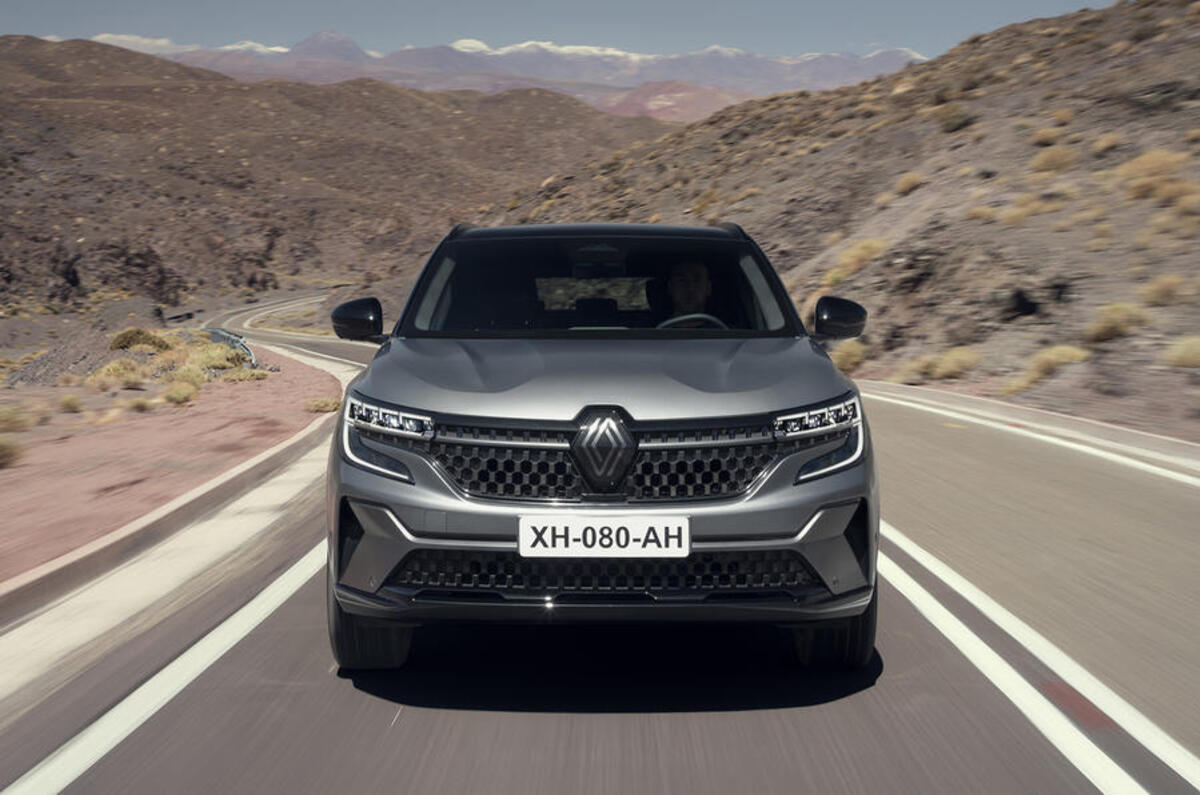Renault CEO Luca de Meo was all confidence on the company’s earnings call in July, following a record first-half-year result in which profit margins hit 7.6%, above the 7% that investors had reckoned would be achieved.
“We can say that we've performed one of the fastest turnarounds in the recent history of automotive,” de Meo told analysts on the call.




Add your comment